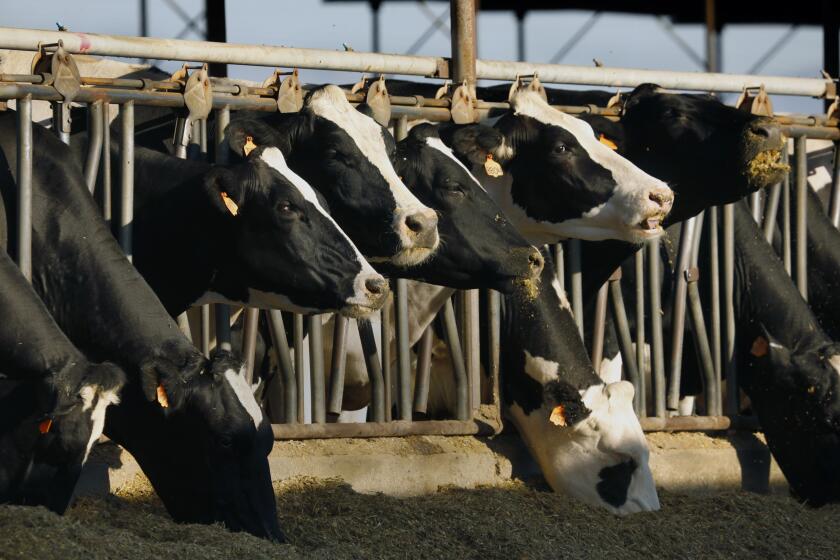
Signs of H5N1 bird flu virus have been detected at three wastewater sites in the San Francisco Bay Area, according to sampling data.
Although positive wastewater samples have been found in seven other states, California is the only one that has yet to report a bird flu outbreak in a herd of dairy cows.
Genetic evidence of bird flu was detected in San Francisco wastewater on June 18 and June 26. Additional H5 “hits” were seen at a site in Palo Alto on June 19, and another on June 10 from the West County Wastewater facility in Richmond.
A statement from the state’s department of public health noted that its staffers are working with the CDC and local health departments to determine the source of H5 in wastewater. It noted that they are looking at non-human sources, including domestic poultry and wild birds.
“As with the previous detections reported from before mid-May 2024, it is unclear what the source of H5N1 is, and an investigation is ongoing,” department officials wrote in a statement. “It is possible that it originated from bird waste or waste from other animals due to San Francisco’s sewer system that collects and treats both wastewater and stormwater in the same network of pipes.”
Despite assurances from the federal government that bird flu will be eradicated from dairy cows, some experts worry the disease is here to stay.
Health officials said the risk remains low for the general public.
The virus has not been identified in California cows, but it has been found in wild birds and domestic poultry in the state.
The finding “is concerning” because of their urban origin, said Devabhaktuni Srikrishna, an entrepreneur who is developing techniques for disease detection, and the chief executive and founder of PatientKnowHow.com. “There are not many dairy or animal farms in San Francisco.”
There are also no dairy farms in Palo Alto or Richmond.
Julie Weiss, Palo Alto’s watershed protection program manager, said her department’s role in the wastewater research “does not extend beyond providing wastewater samples to the research team.” Kate Gibbs, the spokeswoman for Richmond’s West County Wastewater facility, referred all questions to the state.
Although the samples from the Bay Area wastewater sites tested positive for H5, the testing was not specific to H5N1.
However, researchers say a positive genetic identification for H5 is suggestive of bird flu — whether H5N1, the virus that has been found in U.S. dairy cattle (and which has infected three dairy workers ) or H5N2, the subtype implicated in the death of a man in Mexico City earlier this year.
Most human influenza A viruses are of the H1 and H3 variety.
Answering the basics on Bird Flu 2024
The virus has been detected in 133 dairy herds across 12 states. It has also been found in wild birds and domestic poultry flocks throughout the United States.
In recent weeks, H5 was also detected in wastewater samples in Idaho, among other states.
Although there is “no threat to the general public from the H5 detection in wastewater” at this time, said Christine Hahn, Idaho state epidemiologist, “we have determined that it is important that we work to understand these recent findings as much as possible.”
The state is workingwith the Centers for Disease Control and Prevention to investigate the issue.
WastewaterSCAN, the research organization that detected the virus, is an infectious disease monitoring network run by researchers at Stanford, Emory University and Verily, Alphabet Inc.’s life sciences organization.
A review of their data — which takes samples from 194 locations across the country — suggests H5 has also been detected at sites in Michigan, Texas, Minnesota, South Dakota and Iowa.
California is the only one of these states that has not reported H5N1-infected cattle.









